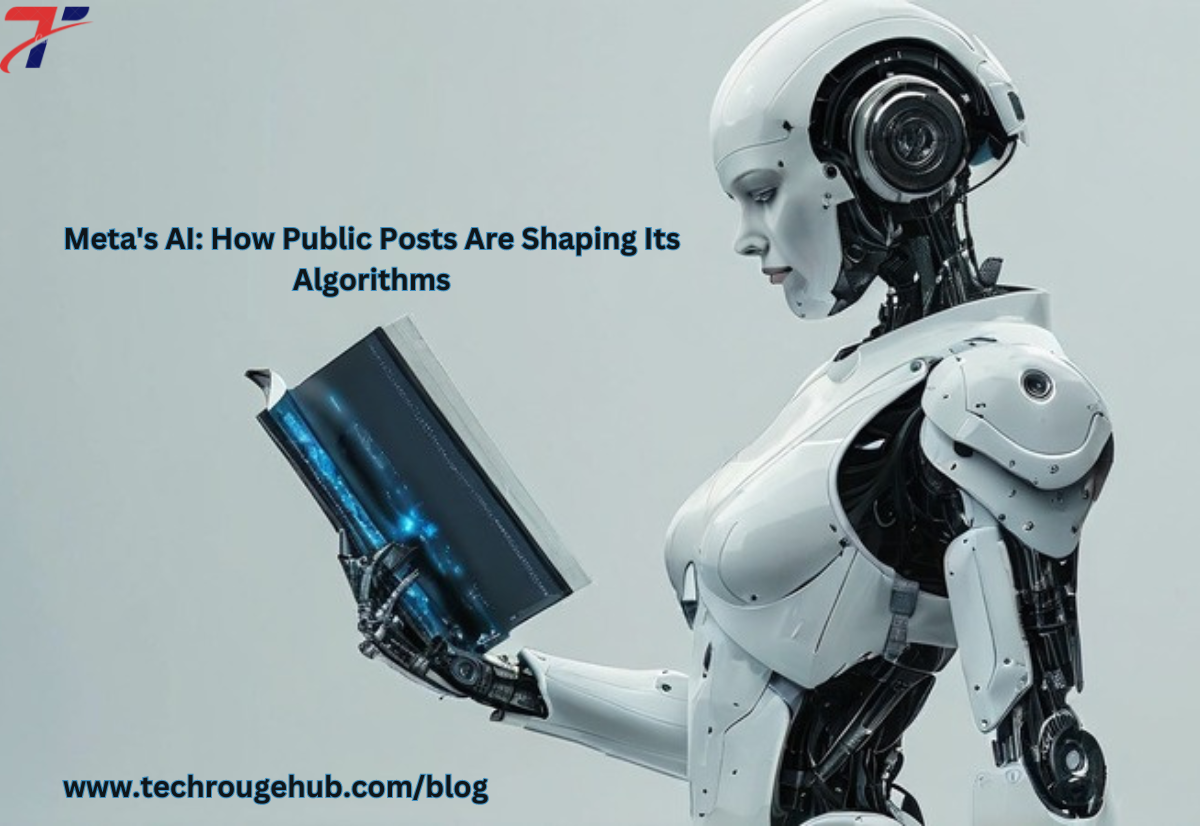In recent years, Meta (formerly Facebook) has been at the forefront of AI development, transforming how we interact with the digital world. The company’s AI systems have become incredibly powerful, but how did they get this far? One of the main reasons is the vast amount of data Meta uses, much of it coming from your social media activity. If you’ve ever posted publicly on Facebook, Instagram, or other Meta-owned platforms, there’s a high chance your content has contributed to training Meta’s algorithms.
How Does Meta Use Public Posts to Train Its AI?

Every time you post something on Meta’s platforms, especially when it’s public, you’re adding to an enormous data set that helps AI systems get smarter. These AI models need large volumes of real-world data to learn how humans communicate, think, and behave. This means that posts about your last vacation, your thoughts on the latest trends, or even a funny meme can end up being part of the information fed into Meta’s algorithms.
Meta’s AI uses this data to understand language, predict what content will be most relevant to users, and even moderate harmful posts automatically. Whether it’s your phrasing, your use of slang, or the kinds of images you upload, AI can learn and adapt to create more personalized user experiences.
The Ethical Implications of Data Usage
While Meta’s use of public posts to train its AI seems like an inevitable step in the company’s growth, it brings up several ethical questions. For one, how comfortable are users with their posts being analyzed, not just by other people, but by machines? There’s an argument that if you post something publicly, you’re effectively giving the green light for anyone — including AI — to see it. But is this what users expect?
Many users may not realize how much data is being gathered and processed. Even if posts are public, people might assume that their content is only being viewed by their friends or followers, not added to a massive pool of training data for one of the world’s biggest tech companies. Meta has made some efforts to be transparent about its data usage, but it’s clear that more needs to be done to educate users.
What is Meta’s AI Doing With This Data?

Meta’s AI models rely on public data to accomplish a wide range of tasks. Here are just a few ways in which public posts are shaping Meta’s AI algorithms:
Content Recommendation: Meta’s AI models analyze public posts to suggest content, groups, and friends to users. The algorithm learns what you like based on your interactions and posts and then curates similar content to keep you engaged.
Language Processing: One of the biggest AI challenges is understanding human language. Public posts give Meta’s AI models a treasure trove of real-world language data to learn from, helping the platform better understand slang, context, and even sentiment.
Ad Targeting: The more Meta’s AI understands you, the better it can show you personalized ads. Public posts help fine-tune the algorithms that determine which ads you see and when.
Moderation: As social media faces increasing pressure to regulate harmful content, Meta has leaned heavily on AI to moderate posts. These systems are trained to detect and remove content that violates community guidelines, often using public posts as a basis for understanding what kinds of language and images are acceptable.
What Can You Do to Protect Your Data?

While Meta’s AI is here to stay, users still have some control over their data. One step is to limit how much information you share publicly. By adjusting your privacy settings, you can decide who sees your posts. It’s also essential to be aware of how platforms use your data and regularly check for updates to privacy policies. If AI and data privacy concern you, becoming a more informed social media user is a crucial first step.

